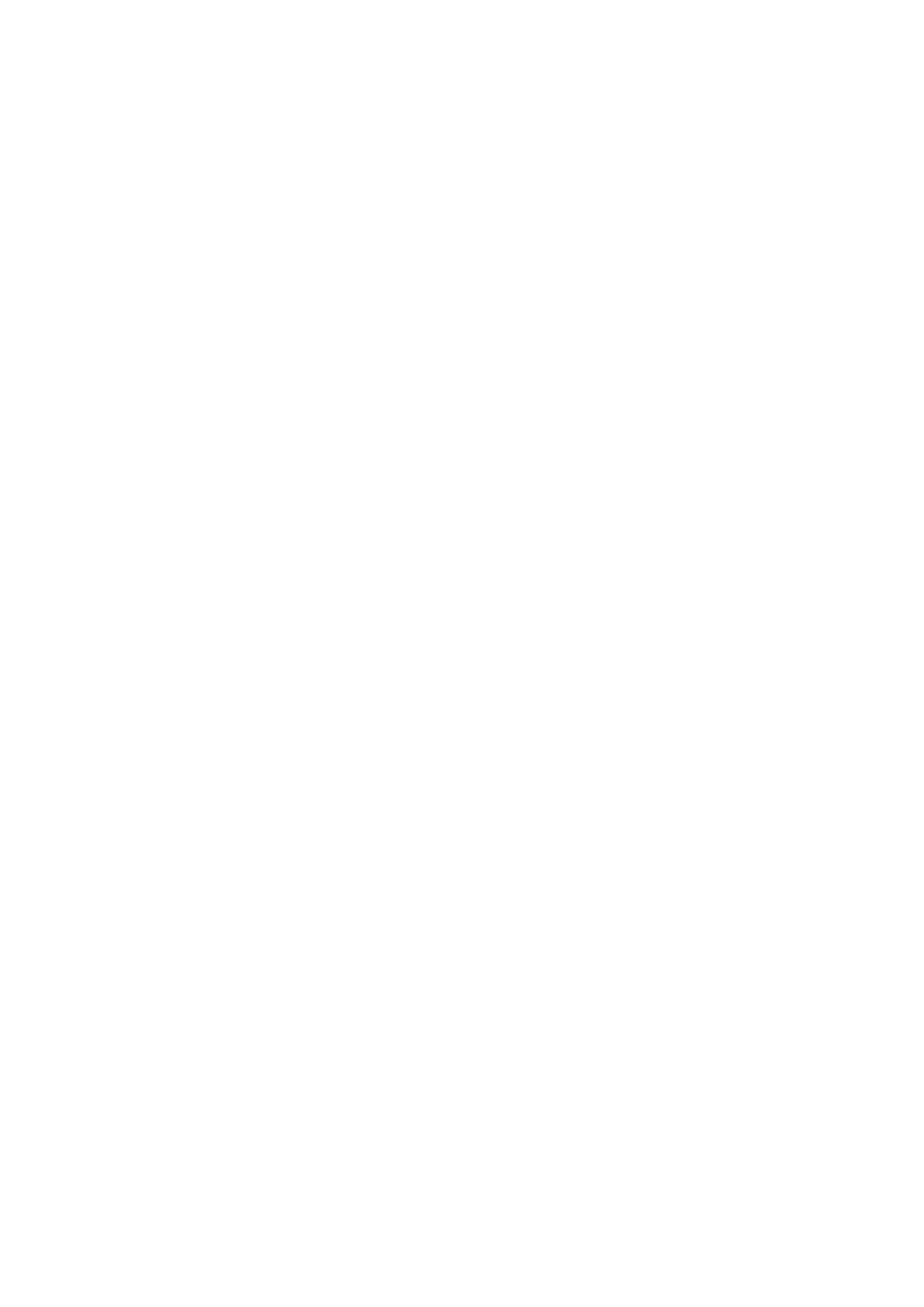
The Report
of the Iraq Inquiry
“Until now,
Saddam and his closest advisers have seemed confident
that
concealment
would work. Oddly, they have not appeared worried by the obvious
risk
of leaks
from the thousands of people aware of this concealment activity.
They have
relied on
the brutal discipline of the regime and so far it has worked. Even
now we
cannot be
confident of finding really significant evidence of retained
WMD.”
226.
Mr Scarlett
suggested Iraq had recognised that:
“The one
clear weak point in the policy … has been interviews, especially
interviews
outside
Iraq. The regime has no choice but to continue to resist these.
They may
be able to
give a bit of ground on ‘private’ interviews inside Iraq
although they
will
hesitate about meetings in UNMOVIC’s Baghdad HQ …
Everywhere else,
and even in
the HQ, they can probably feel confident that the overall
level
of extreme
intimidation will deter interviewees. This is the nature of this
kind of
totalitarian
regime … And why put your life and that of your family in the hands
of
an inspector …?”
227.
Mr Scarlett
concluded that it was “proving more difficult to deal with the
new
inspection
regime than Saddam and his close advisers probably expected”.
Events were
“moving
faster than anticipated” and Dr Blix was “now pursuing the line
that ‘passive
cooperation’
is coming close to non-co-operation”. For Iraq, that would be
“difficult to
handle”
because Dr Blix was:
“… pushing
Saddam close to red lines he cannot afford (outside interviews) or
is
simply not
able (proof of destruction of VX, chemical munitions, etc) to
cross. But if
you are
Saddam you do not give up hope. The key tactic remains delay in the
hope
or
expectation that something will turn up …”
228.
Addressing
Saddam Hussein’s hold on power, Mr Scarlett
wrote:
“I continue
to be struck by the regime’s ability to conduct complex
surveillance and
deception
operations without unforced errors or major slip ups. Co-ordinating
the
dispersal
of materials and associated documentation around the country and
fielding
surprise
UNMOVIC and IAEA visits to hundreds of sites in a few weeks is a
complex
undertaking
and evidence of the regime’s continuing grip on the population at
least
of central
Iraq.”
229.
Addressing
Saddam Hussein’s options after an invasion, Mr Scarlett wrote
that:
“Given the
perceived inability of his enemies [the Coalition] to take
significant casualties
or
setbacks”, the Government should take seriously the options
available identified
in the JIC
Assessment “to give us pause even after a military operation
begins”.
He “picked out”:
•
“Attempted
use of CBW and missiles … immediately before an attack or
(in
Kuwait and
southern Iraq) in the early stages of the attack itself.” That
would
be “Very
difficult to pull off”, but “even a small number of short range
artillery
336
